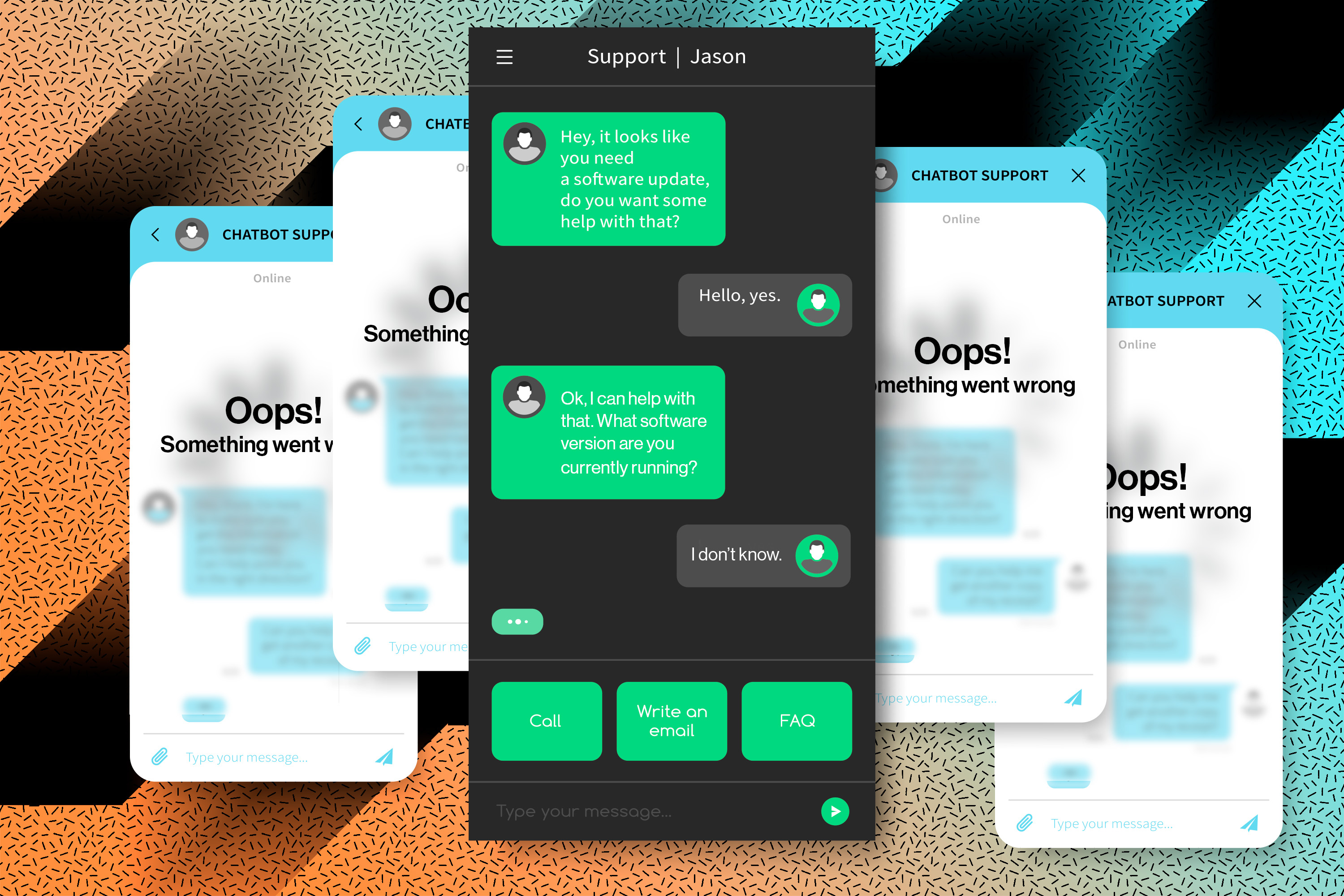In recent years, the serverless paradigm has gained recognition as an innovative approach to developing applications. It allows developers to focus more on writing code and less on managing infrastructure. Laravel Vapor is a serverless deployment platform designed specifically for Laravel applications. It brings the power of the Laravel framework into the world of serverless architecture by integrating with AWS Lambda and other AWS services. Vapor simplifies the process of building, deploying, and scaling applications without the complexities of traditional server management.
To understand the significance of Laravel Vapor and its role in building serverless applications, it’s important to grasp the fundamentals of serverless architecture. Serverless computing is a cloud computing model that abstracts away the complexities of infrastructure management. It allows developers to concentrate solely on writing code to implement business logic. In this model, there is no need to provision, scale, or manage servers as the cloud provider handles these tasks automatically. Functions are at the core of serverless architecture. They are units of code that can be executed in response to specific events, such as HTTP requests, database changes, or file uploads. Functions are stateless and ephemeral, meaning they only exist for the duration of their execution and do not maintain any persistent state between invocations.
Laravel Vapor leverages AWS Lambda to execute Laravel applications as serverless functions. This approach introduces a shift in how applications are built and deployed. With Vapor, developers no longer have to manage servers, infrastructure provisioning, or scaling to accommodate varying workloads. Instead, they can focus on writing code that directly solves problems. One of the key advantages of serverless architecture, and by extension, Laravel Vapor, is its ability to scale seamlessly. Traditional server setups often involve over-provisioning to handle occasional spikes in traffic, resulting in wasted resources during periods of low demand. Serverless architecture automatically scales up and down based on incoming traffic, ensuring optimal use of resources and cost efficiency.
Laravel Vapor offers a wide range of benefits for developers:
1. Seamless Integration with Laravel: Vapor seamlessly integrates with the Laravel framework, allowing developers to continue using familiar tools, syntax, and paradigms while reaping the benefits of serverless architecture. This integration eliminates the need for a steep learning curve, enabling a smooth transition into serverless development.
2. Simplified Deployment: Vapor simplifies the deployment process by abstracting away the underlying infrastructure management. Developers can focus solely on their application code and use Vapor’s command-line tools to deploy Laravel applications as serverless functions on AWS Lambda. This simplification accelerates the deployment pipeline and reduces the likelihood of deployment-related errors.
3. Auto-Scaling and High Availability: Vapor leverages AWS Lambda’s auto-scaling capabilities to ensure that applications can handle different levels of traffic. When the number of incoming requests increases, Lambda automatically provisions and manages the required resources to meet the demand. This high level of scalability guarantees that applications remain responsive, regardless of changes in traffic.
4. Cost Efficiency: Traditional hosting models often involve paying for resources that may not be used during periods of low traffic. Laravel Vapor’s serverless architecture only utilizes resources when a function is actively processing requests. This “pay-as-you-go” model results in cost savings, as developers are charged based on what their application uses rather than a fixed server capacity.
5. Database and Storage Integration: Vapor seamlessly integrates with AWS services like Amazon RDS for databases and Amazon S3 for storage. This integration allows developers to manage an application’s data and assets while taking advantage of the reliability and scalability of AWS services.
6. Custom Domains and SSL Certificates: Vapor makes it easy to associate custom domains with serverless Laravel applications. Developers can also manage SSL certificates directly within the Vapor dashboard, ensuring secure communication between clients and serverless functions.
7. Environment Management: Vapor provides a robust environment management system that allows developers to define different environments (e.g., development, staging, and production) and configure them separately. This facilitates testing, debugging, and deploying changes with confidence.
8. Background Jobs and Queues: Laravel’s queue system seamlessly integrates with Vapor, allowing developers to handle background jobs and tasks asynchronously. Vapor supports queue workers powered by AWS Lambda, enabling efficient processing of tasks without the need for dedicated infrastructure.
To get started with Laravel Vapor, developers need to set up their environment and configure Vapor for their Laravel application. This involves installing the Laravel Vapor CLI tool globally using Composer, configuring AWS credentials for communication with AWS services, and creating a Laravel application or using an existing one. Developers can then configure Vapor for their application by setting up environment variables, deployment settings, and preparing the application for deployment.
Overall, Laravel Vapor provides a powerful and user-friendly platform for deploying Laravel applications in a serverless architecture. It simplifies the development and deployment process, offers seamless integration with Laravel, and provides scalability, cost efficiency, and other benefits of serverless computing.
Source link
























